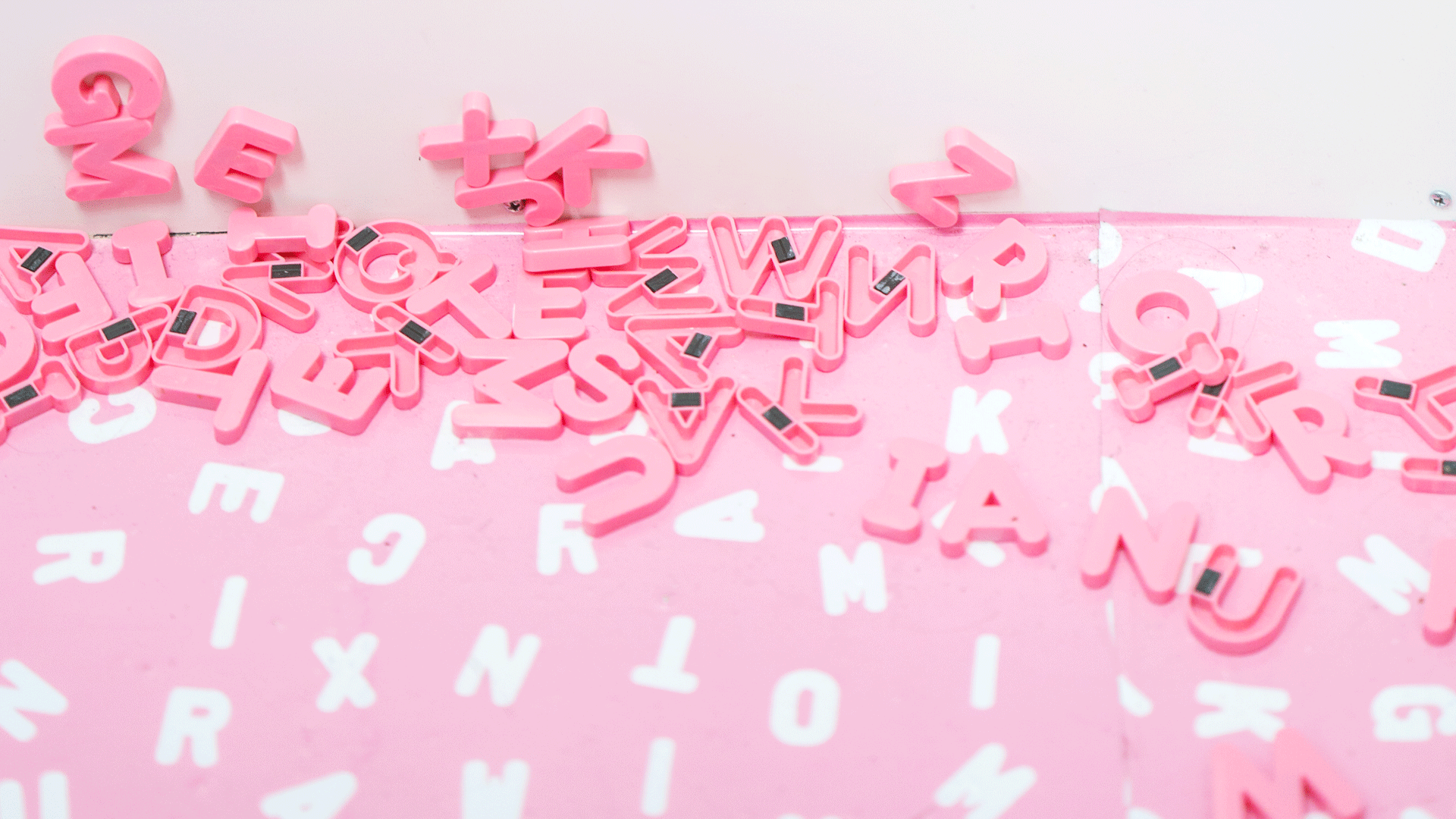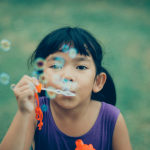
20 May Education: The Steiner Approach
Ever wondered about the philosophy and values of the Steiner education system? Let us break it down for you.
Who is Rudolf Steiner?
Rudolf Steiner was an Austrian philosopher, social reformer, architect, artist and scientist. He founded his first school in Stuttgart in 1919 after a request from the owner of the Waldorf-Astoria cigarette factory on behalf of employees and their children. From this initial social impulse after the First World War, Steiner/Waldorf schools have spread to more than 65 countries. Rudolf Steiner is also known as the founder of biodynamic agriculture, and his work in spiritual science, therapeutic medicine, art and architecture, as well as education, continues to have an influence in the 21st Century.
What is Steiner Education?
Steiner education aims to develop a lifelong love of learning and strong moral and ethical capacities; to build resilience, which Steiner educators believe is connected with early-childhood experiences and requires reliable, loving, stable relationships, learning through example and positive school experiences.
There are 43 Steiner schools in Australia as well as teacher-training centres, Steiner streams in State schools and Steiner early-childhood centres.
The Steiner approach focuses on experiential learning; making, doing, creating and producing, with learning based on what is relevant and appropriate to the student’s stage of development.
Early Childhood
In early childhood, Steiner aims to create a nurturing environment involving natural play materials, vegetable gardens, and in some cases chickens to care for and to collect eggs for baking. Young children learn to cook, paint, sew, garden and use tools. They explore their environment, learning sharing, cooperation and social skills. Young children are given the time to play, enjoy childhood and build strong foundation skills before formal academic learning begins.
Primary School
In the primary years, Steiner students form a strong social group with their class, and usually have the same teacher throughout their primary years. Learning of all subjects is taught using a creative and artistic approach, such as stories, biographies, poetry, speech, music, drama, physical movement, games, nature studies, art and technology. Learning foreign languages is also valued, while literacy, numeracy, science, geography and history are taught in three to four-week blocks. This allows students to engage in a particular subject for a sustained length of time, to embed learning through an integrated approach and express themselves in an artistic and creative way.
High School
The high-school student is ready to engage in complex conceptual and creative thinking, develop observational and analytical skills, and form conclusions from their own experiences. Steiner Class 12 students undertake a year-long individual project involving research skills, analysis, thesis writing, creativity and design and an oral presentation to a large public audience. Many students create their project on social or ethical issues or sustainable/ecological living.
By the end of high school, Steiner students will have experienced a broad curriculum and be prepared for their next steps.
Tracey Puckeridge is CEO of Steiner Education Australia. For more information, visit www.steinereducation.edu.au.
Words by Tracey Puckeridge



